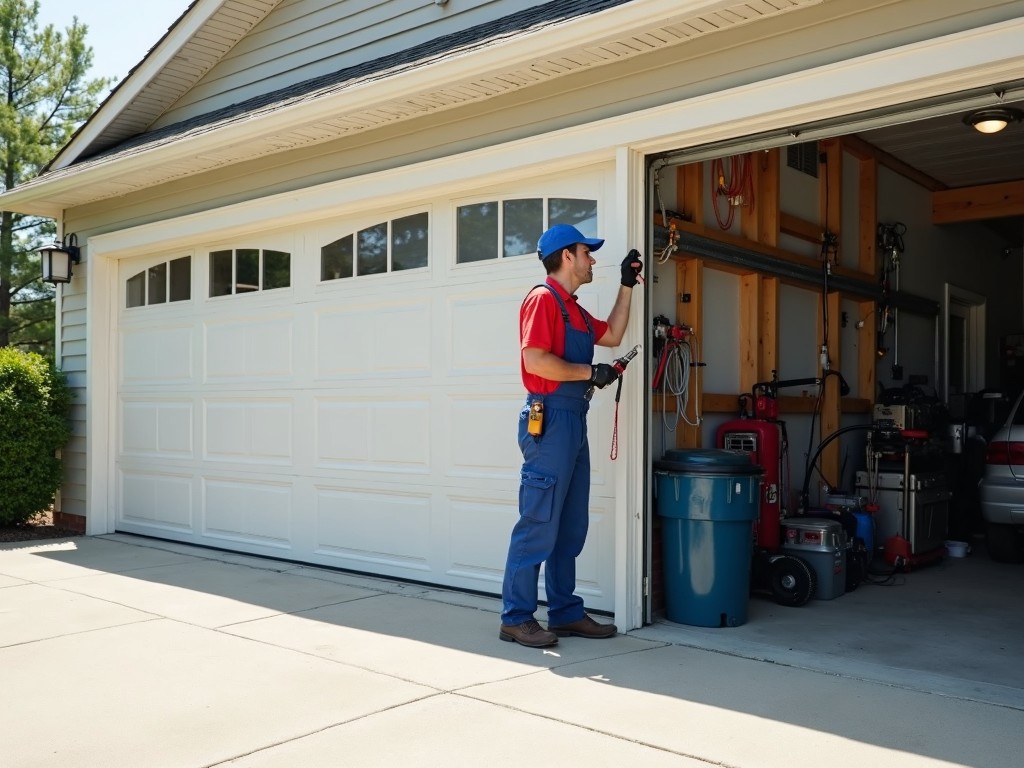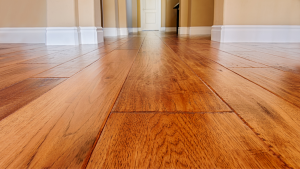Is your garage door acting up or just overdue for a check? A professional garage door service can make a noticeable difference in both performance and safety. But what actually happens when the technician arrives? What should you expect, and what’s considered standard during a proper service?
The First Step: Arrival and Initial Conversation
When a technician shows up, they usually begin by introducing themselves and asking a few quick questions. Expect them to check in with you about the problems you’ve noticed. For example, is the door making odd noises? Is it opening unevenly or slower than usual? Has it stopped working altogether?
This early conversation helps narrow down the focus. It also gives you a chance to share any specific concerns. If you’ve scheduled a Watertown garage door service specifically, the technician will also take into account local conditions that might be affecting your system, like seasonal temperature changes or common wear issues in the area.
Don’t worry if you’re not sure what’s wrong. A good technician can figure that out during the inspection phase.
A Full Visual Inspection
Once the technician has a basic idea of what’s going on, they’ll carry out a detailed visual check. This part matters more than people realize. It’s not just about looking at the door itself, but at all the components that help it operate.
Here’s what they’ll usually inspect:
- Springs – Tension levels, condition, and balance.
- Cables – Any fraying, slack, or misalignment.
- Rollers – Smoothness, wear, and tear.
- Tracks – Bends, gaps, or debris.
- Hinges – Tightness and alignment.
- Panels – Cracks, dents, or signs of warping.
- Weatherstripping – Deterioration or damage that lets air or pests through.
They’ll also keep an eye out for anything that looks off, even if it’s not causing immediate problems. Small issues can grow into big ones if ignored.
Operational Test: Watching the Door in Action
After the visual check, the next step is to see the door in motion. The technician will likely open and close it several times, both with the remote and manually. They’re checking for unusual noises like grinding or squeaking, jerky or uneven movements, delays or hesitation when starting, and doors that don’t sit flush when closed.
This step helps confirm any suspected problems from the visual inspection, and it often reveals things that aren’t visible to the eye alone.
Safety Features Check
Modern garage doors are built with safety features, and these need regular testing to make sure they’re functioning properly. Expect the technician to test:
Auto-reverse system
This feature should kick in if the door hits an object on the way down. The technician will usually place a small block on the ground and confirm that the door reverses correctly.
Photo-eye sensors
These sensors, located near the floor on either side of the door, should detect anything in the path and stop the door from closing. The tech might wave something through the path to see if the sensors react.
If these systems aren’t working as they should, the technician will either repair them or recommend replacement parts. These features are essential for safety, especially if there are children or pets in the home.
Tightening and Adjustments
Next comes the physical fine-tuning. Over time, screws loosen and components shift. A solid service call includes tightening all the hardware and making small but crucial adjustments. That might include:
- Realigning the tracks
- Adjusting the spring tension
- Securing loose brackets or fasteners
- Re-centering the door
These adjustments improve both performance and lifespan. A door that’s off-track or under too much stress is more likely to fail sooner.
Lubrication: Often Skipped, Always Important
Garage doors need regular lubrication, especially in places with extreme weather. The technician will apply lubricant to all moving metal parts, such as:
- Rollers
- Hinges
- Springs
- Bearings
- Pulleys
This helps reduce noise, prevents rust, and ensures smooth operation. If your garage door has been squeaky, this is usually the step that solves it.
Minor Repairs and Replacements
If any parts are worn down but not fully broken, the technician may replace them during the same visit. This might include swapping out damaged rollers, frayed cables, broken hinges, or cracked weatherstripping.
They’ll typically carry standard replacement parts with them. For bigger repairs or full replacements, they may schedule a follow-up appointment and explain what needs to be ordered.
Final Test and Feedback
Once all the maintenance and repairs are done, they’ll run the door again to confirm that everything is working properly. It should move smoothly, quietly, and consistently. They’ll double-check the safety systems one more time and inspect the door’s balance.
Then, they’ll go over their findings with you. Expect a rundown of:
- What they noticed during the inspection
- What they adjusted or replaced
- What may need attention in the future
It’s also a good time to ask any questions. For example, how often you should service the door, or how to spot early warning signs of trouble.
When the Service Ends, the Benefits Begin
A full garage door service is about more than just fixing a noise or tightening a spring. It improves your door’s performance, extends its lifespan, and makes your home a little safer. You’ll notice smoother movement, less strain on the opener, and fewer surprises when you’re in a rush and need the door to work properly.
If you’ve never had your door serviced before, or if it’s been a few years, it might surprise you how much of a difference it makes.




